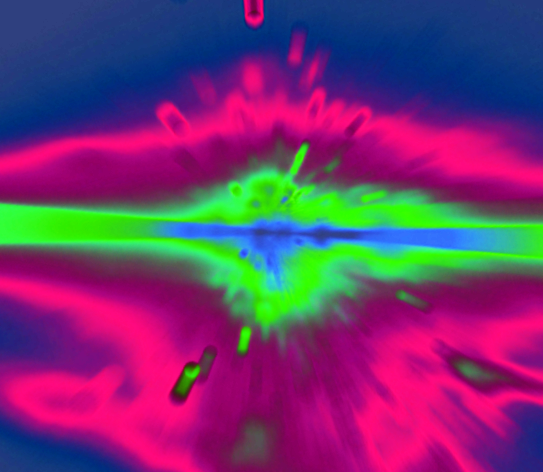Fusion threshold repeated
 US government scientists have achieved a fusion energy breakthrough for the second time.
US government scientists have achieved a fusion energy breakthrough for the second time.
Fusion, the process that powers the sun, has been a scientific pursuit since the 1950s.
However, up until December of last year, no scientific group had managed to produce more energy from fusion than the energy consumed by the reaction itself, a condition known as ignition.
Operating at the federal Lawrence Livermore National Laboratory in California, the researchers first achieved fusion ignition in December.
They have now replicated this milestone in a recent experiment conducted on July 30, which demonstrated an even higher energy output compared to their previous breakthrough.
While detailed analysis of the results is still underway, the laboratory confirmed that they have once again achieved an energy gain at their laser facility.
The laboratory expressed its intention to share these results through scientific conferences and peer-reviewed publications, stating, “Since demonstrating fusion ignition for the first time at the National Ignition Facility in December 2022, we have continued to perform experiments to study this exciting new scientific regime. In an experiment conducted on July 30, we repeated ignition at NIF.”
Fusion, achieved by heating two hydrogen isotopes to extreme temperatures where their atomic nuclei fuse, promises vast amounts of energy release in the form of neutrons, alongside helium.
This process is incredibly eco-friendly, emitting no carbon and producing minimal long-lived radioactive waste.
Despite projections that fusion power stations are still several decades away from becoming a reality, the potential is undeniable.
A small cup of hydrogen fuel could theoretically power a house for hundreds of years.
The two primary methods of achieving fusion - magnetic confinement and inertial confinement - are being explored.
The National Ignition Facility employs inertial confinement, using a massive laser to trigger fusion in a tiny fuel capsule.
US energy secretary Jennifer Granholm hailed the initial ignition achievement as a remarkable feat of the 21st century, with the experiment producing around 3.15 megajoules of energy output, surpassing the 2.05 megajoules delivered by the lasers.
Recent preliminary data from the July experiment has indicated an energy output surpassing 3.5 megajoules.
This output could potentially power a household iron for an hour.
While this achievement is momentous, several challenges remain, including the necessity to generate between 30 and 100 times the laser energy in commercial fusion reactions.
Despite the obstacles, the swift progress from the laboratory is a positive sign.
As the world grapples with the challenges of clean energy transition and environmental sustainability, these developments in fusion science provide a glimmer of hope for a cleaner and more energy-abundant future.








 Print
Print